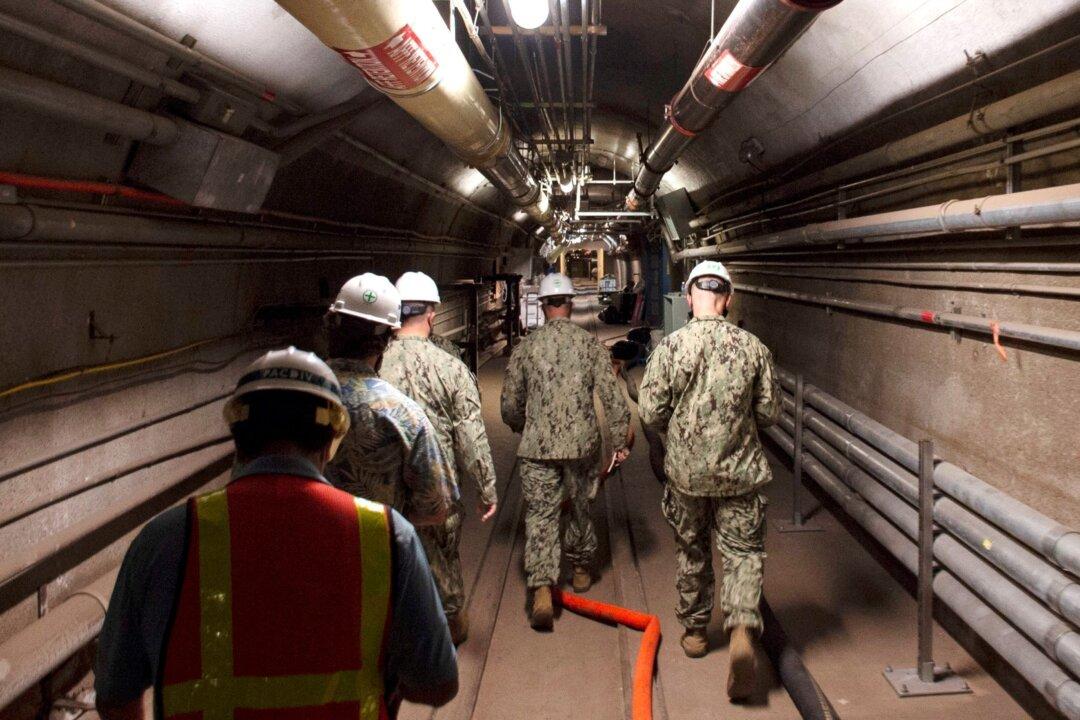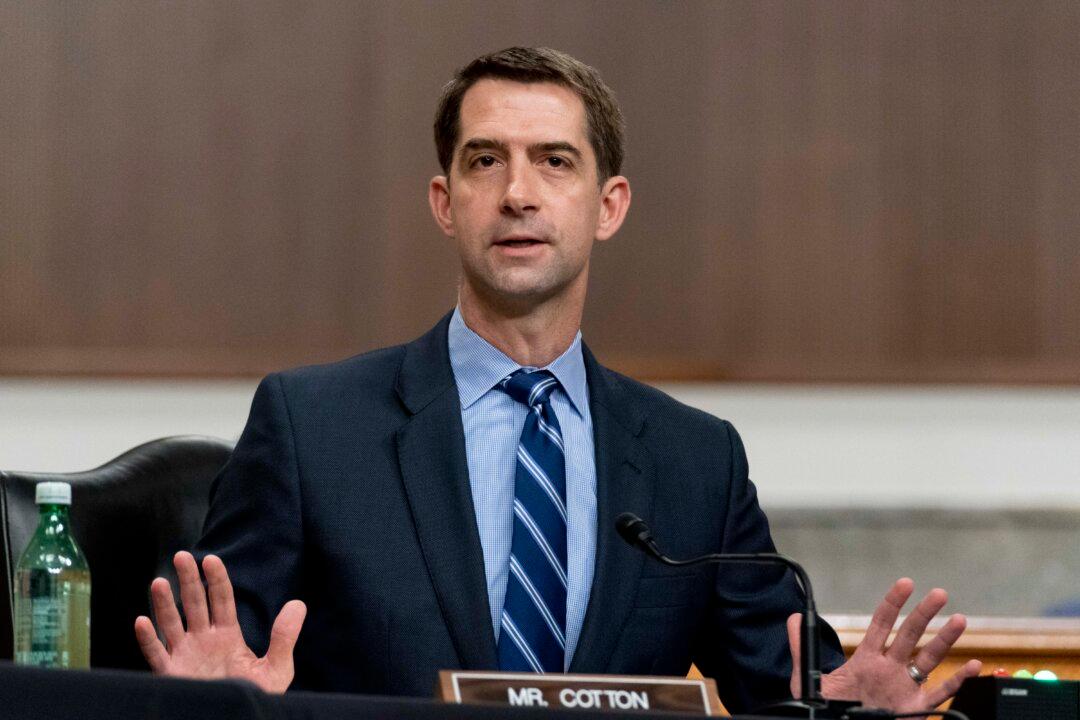The House Select Committee on the China Communist Party (CCP) has asked the U.S. Navy to provide a detailed long-term plan for fuel redistribution for American forces after the recent closure of the strategic Red Hill fuel storage facility in Hawaii.
In a letter dated Jan. 17 to Secretary of the Navy Carlos Del Toro, Chairman Rep. Mike Gallagher (R-Wis.) raised concerns that the Pentagon lacks a clear plan for storing and distributing fuel for U.S. forces in the Indo-Pacific. He warned that the U.S. forces will likely face a failure if this logical issue is not addressed.




